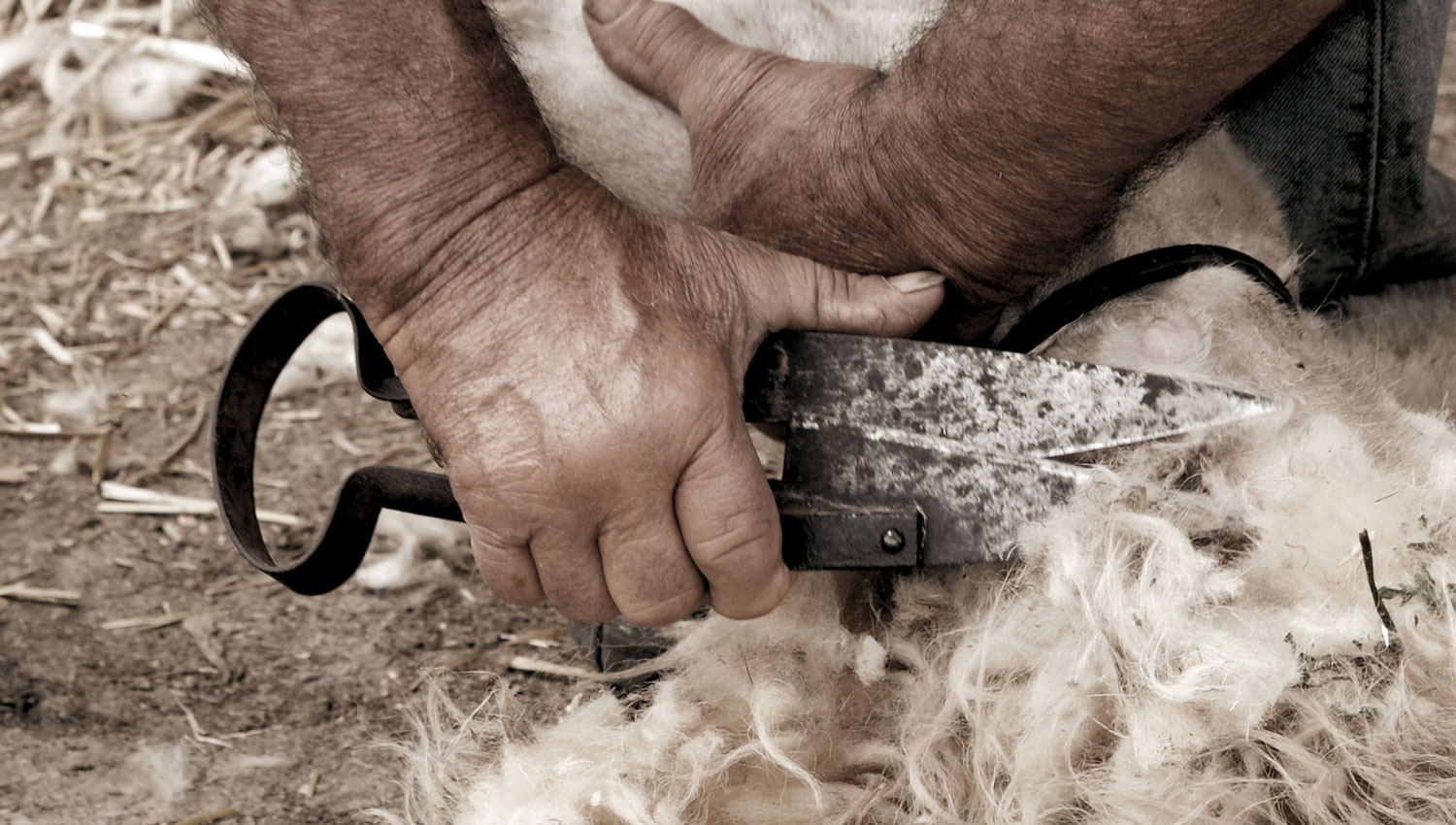A noble fibre - What is essential is invisible to the eye
Cashmere is a precious fibre which originates from remote places inhabited by peoples with a millenary culture which have built an ancient tradition around it, in continuous transformation. Also known as golden fleece and fibre of kings, cashmere is obtained from the hair of a specific goat breed, living on the impervious and solitary plateaus of Asia – mainly located between China, Mongolia, Iran and Afghanistan – or in Turkey, India and Russia. Due to the hostile weather and environmental conditions in which they live, these goats have a typical fleece which appears long and thick on the surface, with relatively coarse fibres known as jarres. However, as in any self-respecting mystery, the real treasure is hidden from sight: it is under the fleece that you find the most valuable part, known as duvet or flock wool, consisting of a soft, smooth and very fine down. It is exactly from here, and here alone, that true cashmere is produced: a noble and ancient fibre which Kangra skillfully processes to create unique, comfortable and exclusive garments.
- Straordinariamente soffice, delicato e morbido al tatto, offre la massima tollerabilità al contatto.
- La sua termoregolazione consente di mantenere costante la temperatura del corpo in ogni condizione climatica.
- Assorbe l’umidità, generando un benefico effetto traspirante che mantiene asciutto il corpo.
- Garantisce la massima igiene, perché non accumula elettricità e non attira polvere dall’ambiente.

From China with warmth
Cashmere goats are actually divided into breeds, depending on the climate in which they grow, their diet and kind of rearing. Because of the particularly cold weather, Chines goats – more specifically those from inner Mongolia, in the North East of China – have the best fleece from which the most valuable cashmere is obtained, characterised by unparalleled fineness, softness and length of the fibres.
In order to preserve and consolidate every day its commitment to quality in respect of customers, Kangra exclusively imports the raw material from this region, selecting only the most noble and precious fibres for production.

Collection: the techniques
The collection operations start in the spring, during the goat’s moulting period; since the techniques used during this phase affect the quality of the finished product, Hadam’s follows the whole process in order to guarantee excellent results.
The raw material used the most valuable yarns is obtained through combing, which allows us to produce from each goat between 200 and 300 grams of duvet, an amount which becomes even smaller during the selection and refining phases. The complexity of the operation, the limited amount of material obtained and the distance from the places of origin are some of the variables which make cashmere such a precious and exclusive material.

Ancient tradition, remarkable innovation
Years of experience in this industry have allowed Hadam’s to enter the market as custodian of this noble fibre (Cashmere, Wool, Silk, Cotton…) focusing all its resources on an excellent finished product. The Kangra designer garments, indeed, originate from the most skilful art and painstaking craftsmanship which result in valuable models because of their hand-made finishing, applications and matching accessories.
Refined though essential, the Kangra collections include unique garments, with trendy lines and details, which highlight the freedom of a fashion style merging elegance, comfort and wellbeing.
Suggestion
In order to stay soft and smooth, each item has to be treated delicately and with great care: this is why Kangra created a maintenance kit which includes shampoo, brush and anti-moth essence: products designed on purpose for the washing, treatment and storing of all garments.
- With a soft brush remove any pilling, that is to say the small tufts which form on the surface due to the natural accumulation of short fibres caused by rubbing;
- Wash in cold water, no warmer than 30°C, preferably by hand, using a small amount of specific soap or delicate detergent;
- Rinse well and let the garment dry in a horizontal position at room temperature, away from radiators, sunlight or sources of heat;
- At the end of the season store in a cool and dry place, using appropriate breathing containers and a specific anti-moth product.

